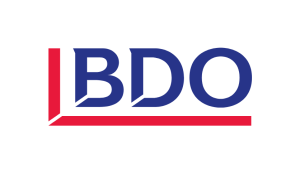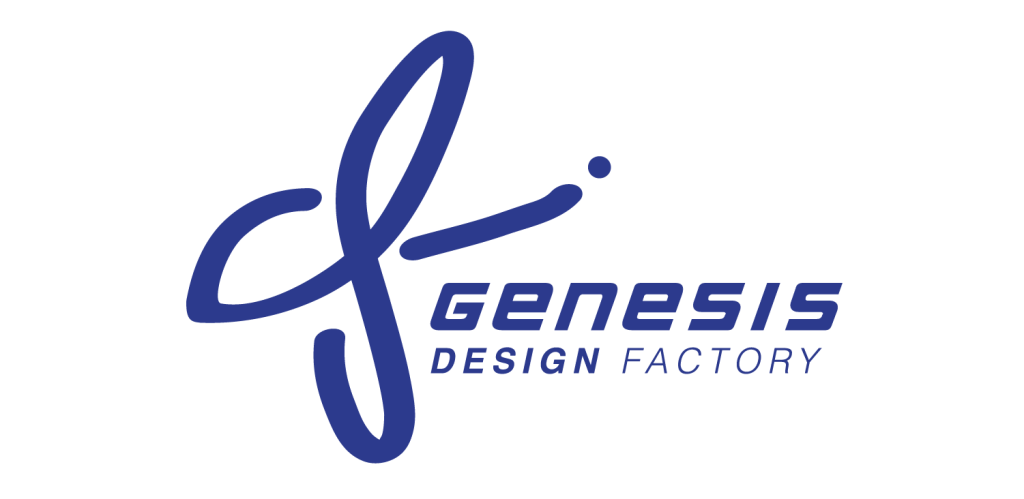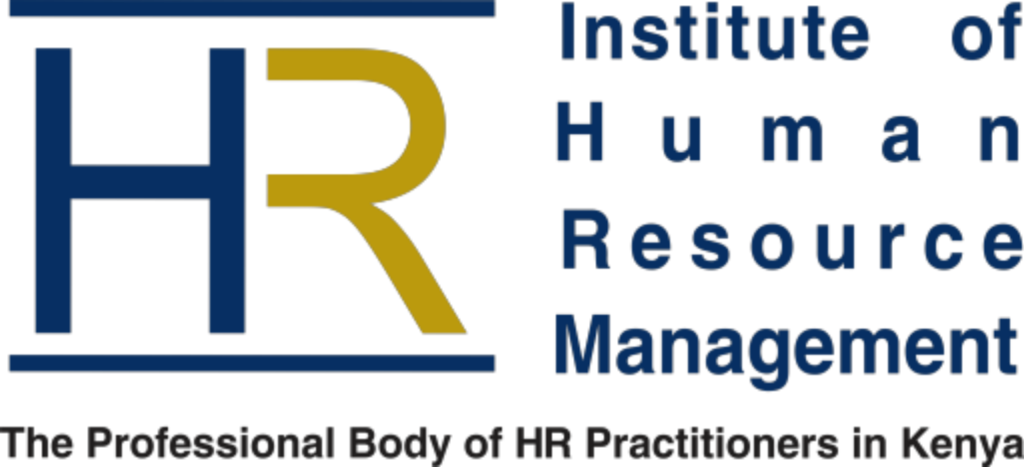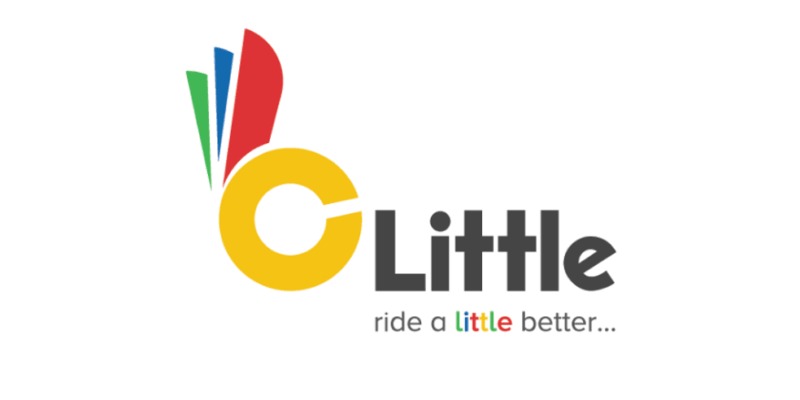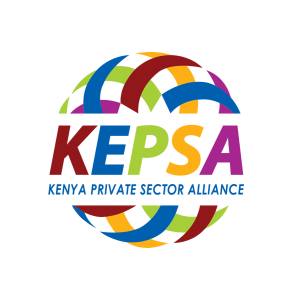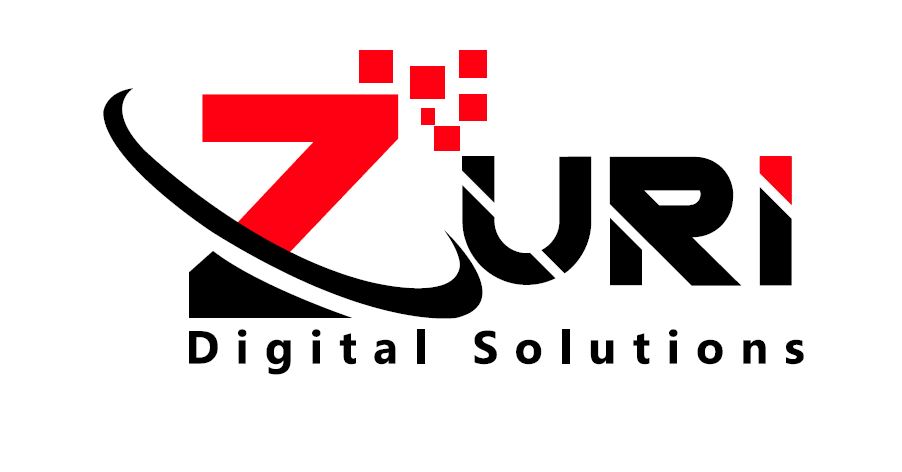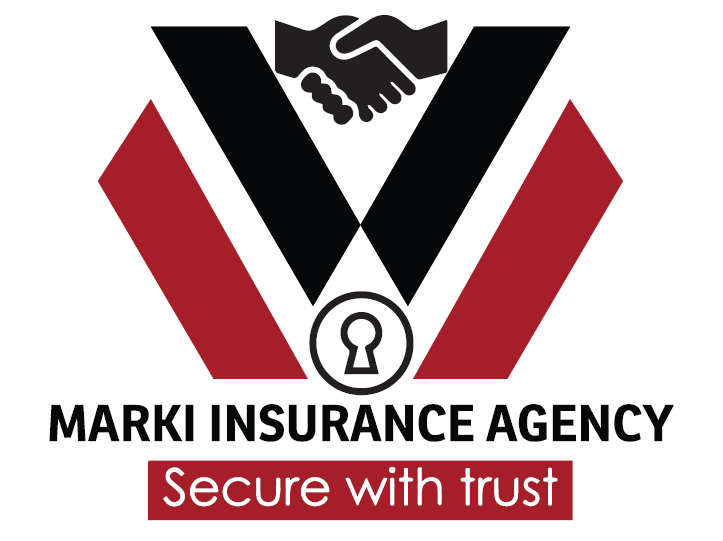Effective Team Building Strategies for Organizational Growth

In today’s competitive business landscape, the strength of a company often lies in its teams. A well-constructed team can drive innovation, productivity, and overall success. Building the perfect team requires a strategic approach that takes into account diverse personalities, skills, and shared goals. This article explores the best ways to foster team development and improve team performance through effective team-building activities.
Understanding the Benefits of Team Building
Team building is an important part of organizational success, far beyond just being a trendy buzzword. It plays a crucial role in enhancing employee engagement, fostering team spirit, and improving group dynamics. When a cohesive team is built, it contributes to a positive work environment, where team collaboration thrives, and each member can reach their full potential.
Conversely, neglecting the team-building process can lead to miscommunication, low employee satisfaction, and a fragmented work environment. Therefore, investing time and resources into team building is essential for any organization aiming to create a lasting impact.
The Foundation of a Strong Team
Before diving into specific team-building exercises, it’s important to understand the foundational elements that contribute to a strong team:
- Clear Goals and Roles: A team’s purpose must be well-defined, with every group member understanding the common goal and their specific role in achieving it. This clarity helps to prevent confusion, ensures that everyone is working towards the same shared goal, and enhances team performance.
- Diverse Skill Sets: A successful team comprises individuals with complementary skills and different viewpoints. This diversity allows for a broader approach to problem-solving, fostering innovation and creativity.
- Trust and Communication Skills: Trust is the cornerstone of a cohesive team. When group members trust each other, team collaboration becomes more effective, and interpersonal relations are strengthened. Strong communication skills are equally important, as they ensure that everyone is aligned with the team’s purpose.
- Adaptability: In today’s rapidly changing world, teams must be adaptable. This means being open to new ideas, willing to change course when necessary, and able to learn from both successes and failures.
Best Practices for Building the Perfect Team
With a clear understanding of the foundation of a strong team, let’s explore some best practices for team building that can help create a positive work environment and improve team performance.
1. Recruitment and Selection
Building the perfect team starts with the recruitment process, an important part of team management in human resources. It’s crucial to hire individuals who not only possess the necessary skills but also align with the team values and company culture. During the selection process, consider the following:
- Cultural Fit: Look for candidates who share the organization’s core values and will integrate seamlessly into the existing team dynamics.
- Diverse Backgrounds: Prioritize diversity in hiring. Different viewpoints can lead to more innovative solutions and help the entire team better understand and serve a diverse customer base.
- Team-Oriented Attitude: Seek out individuals who demonstrate strong teamwork skills, such as collaboration, communication, and a willingness to support others.
2. Onboarding and Integration
The onboarding process is critical for integrating new team members and setting them up for success. A well-structured onboarding program should include:
- Introduction to the Team: Facilitate introductions between new hires and their team members to build rapport and establish initial connections, crucial for strengthening team relationships.
- Clear Expectations: Communicate the team’s purpose, common goal, and individual responsibilities to ensure that new members understand their role within the team.
- Ongoing Support: Provide continuous support during the initial months to help new hires adapt to the team’s workflow and culture.
3. Implementing Team Building Activities
Team building activities are among the best ways to improve group dynamics and foster a cohesive team. These activities can range from structured team-building exercises to informal recreational activities, all aimed at enhancing team spirit and collaboration.
- Scavenger Hunt: Organize a scavenger hunt to promote friendly competition and encourage teamwork. This activity is not only fun but also helps group members develop problem-solving and communication skills.
- Team Sports: Engaging in sports team activities can build camaraderie and reinforce the importance of working together toward a shared goal.
- Team Building Events: Regular team building events, such as workshops, retreats, or social gatherings, can have a lasting impact on team relationships, making the entire team feel more connected and engaged.
4. Promoting Collaboration and Communication
Collaboration and communication are at the heart of effective teamwork. Here are some strategies to promote these elements within your team:
- Collaborative Tools: Invest in tools and technologies that facilitate collaboration, such as project management software, communication platforms, and file-sharing systems.
- Cross-Functional Projects: Encourage cross-functional collaboration by assigning projects that require input from different departments or teams.
- Open Communication: Foster a culture of open communication where feedback is welcomed and valued. Regular check-ins and transparent leadership can help ensure that everyone is on the same page.
5. Encouraging Innovation
Innovation is a key driver of success in today’s business world. To foster a culture of innovation within your team:
- Creative Freedom: Give team members the freedom to explore new ideas and approaches without fear of failure.
- Idea Sharing: Create a platform or forum where team members can share ideas and suggestions. Encourage brainstorming sessions where all ideas are welcomed and considered.
- Recognition of Innovation: Recognize and reward innovative thinking and solutions. This can be done through formal recognition programs or by simply acknowledging and celebrating creative efforts during team meetings.
6. Building a Positive Work Environment
A motivated team is one that feels valued and has opportunities for growth. To keep your team engaged and motivated:
- Professional Development: Offer opportunities for professional development, such as training programs, workshops, or mentorship initiatives.
- Career Pathing: Work with team members to outline clear career paths within the organization, helping them understand how they can grow and advance in their roles.
- Empowerment: Empower team members by giving them ownership of projects and the autonomy to make decisions.
7. Celebrating Success
Finally, it’s important to celebrate both individual and team successes. Recognizing achievements boosts morale, reinforces positive behavior, and strengthens the team’s sense of unity.
- Public Recognition: Acknowledge accomplishments during meetings, company-wide communications, or through awards and incentives.
- Team Celebrations: Organize team celebrations, such as dinners, outings, or informal gatherings, to mark significant milestones or project completions.
Conclusion
Building the perfect team is an ongoing process that requires careful planning, dedication, and continuous effort. By focusing on foundational elements like clear goals, diverse skill sets, trust, and adaptability, and by implementing effective team-building activities, organizations can create high-performing teams that drive success, foster innovation, and contribute to a positive work environment. In today’s competitive landscape, the ability to build and nurture strong teams is not just an advantage—it’s a necessity.
Frequently Asked Questions
What is the main purpose of team building?
The main purpose of team building is to strengthen collaboration, improve communication, and foster trust among team members. It enhances group dynamics, boosts morale, and aligns everyone towards a shared goal, ultimately improving team performance and contributing to a positive work environment.



